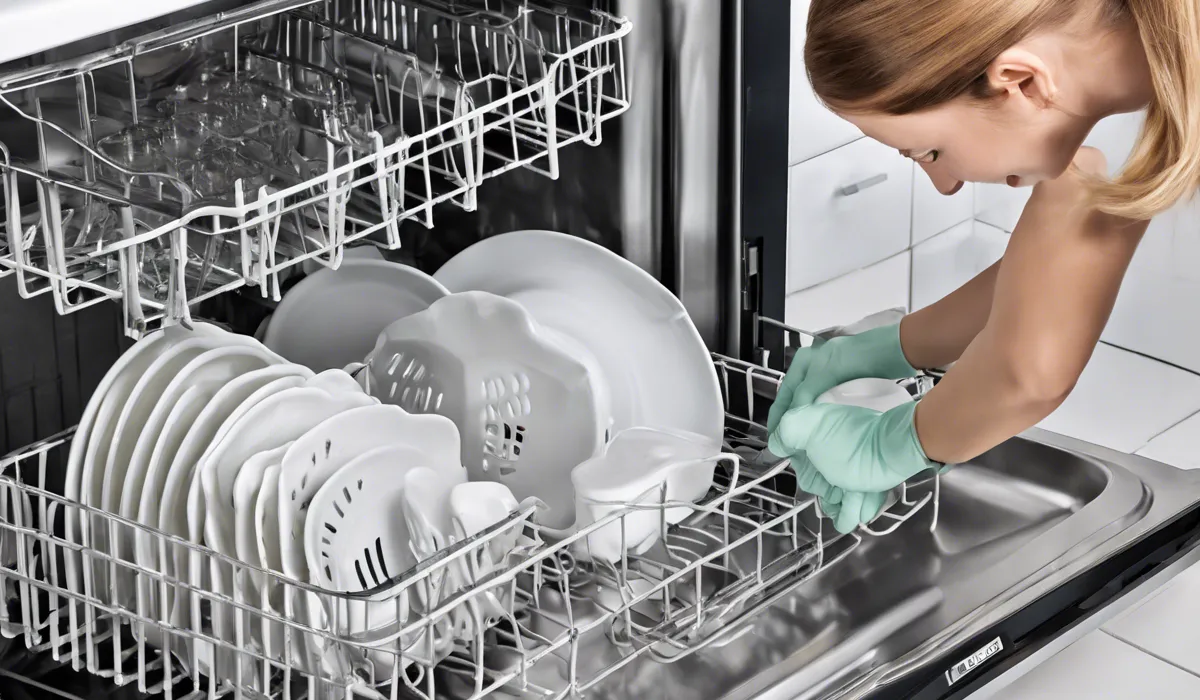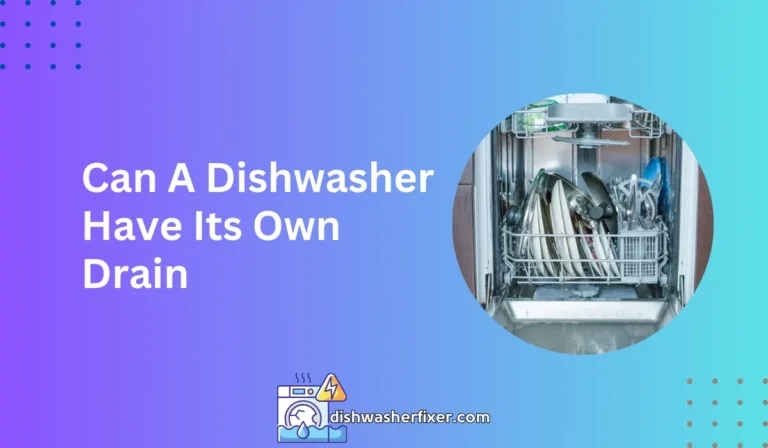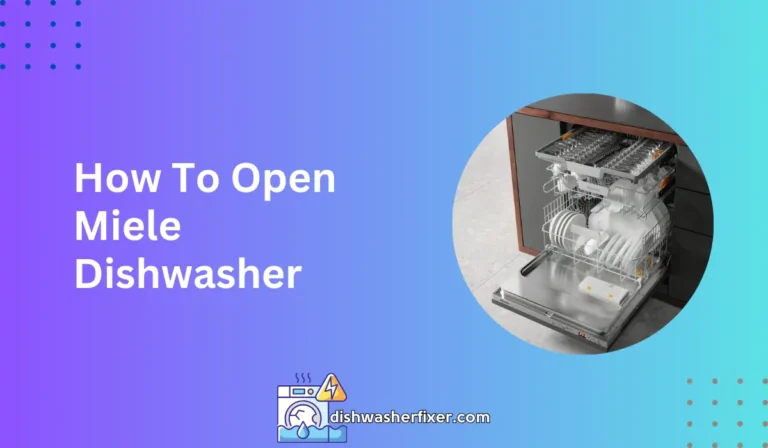How to Clean Dishwasher Drain Trap: Quick Unclogging Guide
To clean a dishwasher drain trap, first remove the bottom rack. Locate the trap, usually a cylindrical or flat screen, at the base. Lift or twist off the trap cover, extract any debris, rinse the trap under running water, and reassemble it firmly in place.
Step-by-Step Guide to Cleaning the Dishwasher Drain Trap

Locating and Preparing for Cleaning
Begin by finding the dishwasher drain trap, which is usually situated at the bottom of the dishwasher.
Before you start cleaning, make sure to turn off the dishwasher and disconnect it from the power source.
This is a safety measure to prevent any electrical mishaps. Once you have ensured safety, remove the bottom dish rack to gain clear access to the drain trap. The rack typically slides out easily, allowing you to proceed to the next step.
Removing the Drain Trap Cover
With the rack out of the way, you can now focus on the drain trap cover. This part may either twist off or have latches that need to be unlocked. Handle it gently to avoid breaking any plastic components.
After successfully removing the cover, you can lift out the drain trap itself, setting it aside for inspection and cleaning.
Inspecting the Drain Trap
Take a good look at the drain trap. You will likely find debris, such as food particles, that have accumulated over time.
Assess not just the trap but also the surrounding area for any residue or damage. This step is crucial for understanding what kind of cleaning is required.
Cleaning the Drain Trap and Housing
Rinse the trap under running water to wash away loose debris. For more stubborn particles, use a soft brush or cloth to gently scrub them away.
If the trap is particularly dirty, you may need to soak it in warm, soapy water to loosen the grime. While the trap is out, take the time to clean the trap housing as well.
A damp cloth can be used to wipe the area, and a toothbrush or small tool will come in handy to reach any tight spots. Ensure that all debris and residue are cleared out before you move on to reassembly.
Reassembling and Testing the Drain Trap
Once the trap and housing are clean, place the trap back into its housing and secure the cover.
Make sure it is firmly in place to avoid any future leaks. Replace the bottom dish rack and reconnect the power to the dishwasher.
To test, run the dishwasher on a short cycle and listen for any unusual noises. These could indicate a blockage, so it’s important to pay close attention during this step.
Preventing Future Drain Trap Clogs

Establishing a Maintenance Schedule
To keep your dishwasher running smoothly, create a regular maintenance schedule.
This includes cleaning the drain trap periodically and ensuring you rinse dishes before placing them in the dishwasher. Correctly using dishwasher detergent is also crucial, as too much or the wrong type can lead to excess suds and residue.
Keeping the Drain Trap Clean
As part of your maintenance, occasionally run the dishwasher empty with a cleaning agent.
This will help dissolve any lingering grease or buildup. Be mindful of what you put in the dishwasher; large food particles and materials that don’t dissolve can cause clogs and should be avoided.
Maintaining the Dishwasher Filter
A clean filter is essential for optimal dishwasher performance. Make sure you’re cleaning the filter according to the manufacturer’s recommendations, which is usually every few months, depending on usage.
This will help ensure that water flows freely and your dishes come out clean.
Troubleshooting Common Issues After Cleaning

Addressing Water Drainage Problems
If water is not draining after you’ve cleaned the trap, check for clogs in the drain hose or garbage disposal. It’s also important to make sure that the drain trap was reassembled correctly and is not obstructing the flow of water.
Resolving Persistent Odors
If your dishwasher still smells after cleaning the trap, look for other sources of odor. Sometimes, using vinegar or baking soda can help neutralize smells by running a cycle with either of these natural cleaning agents.
Dealing with Dishwasher Performance Issues
Should you encounter persistent performance problems with your dishwasher, it may be time to call in a professional.
Recognize when maintenance is beyond your capabilities, and don’t hesitate to replace the dishwasher drain trap or other parts if necessary to maintain your appliance’s health and efficiency.
FAQs About Cleaning Dishwasher Drain Trap
How do I locate the dishwasher drain trap for cleaning?
The dishwasher drain trap is typically found at the base of the dishwasher after you remove the bottom rack. It may appear as a cylindrical or flat screen.
What is the first step to clean a dishwasher drain trap?
The first step is to remove the bottom rack of the dishwasher to access the drain trap.
How do I remove the drain trap cover in my dishwasher?
Depending on your dishwasher model, you can remove the drain trap cover by lifting it or twisting it off.
What should I do after extracting debris from the dishwasher drain trap?
After removing debris, rinse the trap under running water to ensure it is clean before reassembling it in the dishwasher.
Is it important to reassemble the dishwasher drain trap firmly after cleaning?
Yes, it is crucial to reassemble the drain trap firmly in place to prevent any leakage or damage to the dishwasher’s functioning.
Final Thoughts
Cleaning a dishwasher drain trap is straightforward. Begin by removing the bottom rack to access the trap at the base.
Remove the cover by lifting or twisting, clear out any visible debris, rinse thoroughly, and ensure the trap is secured back in place. Regular maintenance helps prevent clogs and ensures efficient operation.





